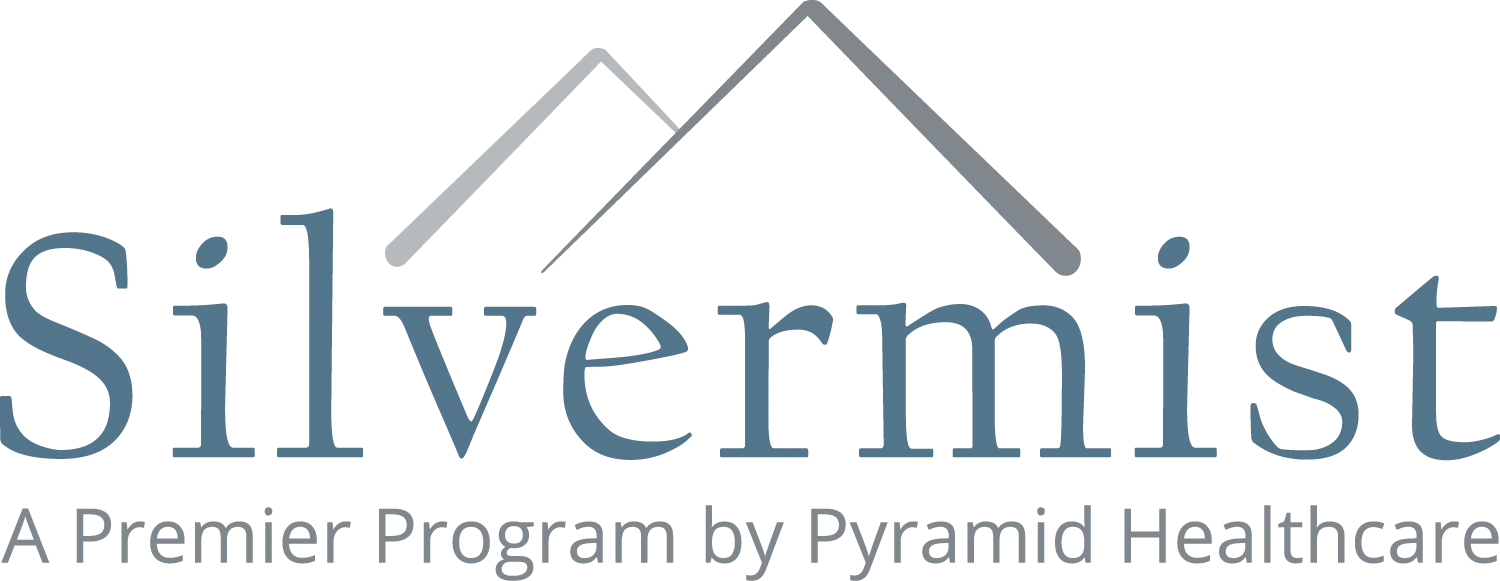About Oxycodone Abuse
Oxycodone, an opioid pain medication, is widely prescribed in the United States to manage moderate to severe pain. However, its potent euphoric effects make it highly addictive and a key contributor to the opioid epidemic — a national crisis causing significant fatalities due to overdose.
Opioid Epidemic Overview
Opioid overdose is now the leading cause of accidental death in the United States, with daily fatalities alarming public health officials and communities alike. Steadily increasing overdose deaths across the country underscore a dire need for effective intervention and treatment options.
Understanding Oxycodone Addiction
Oxycodone operates by influencing the brain’s dopamine systems to heighten feelings of pleasure far beyond natural levels, which can quickly lead to dependency.
Here are the forms in which oxycodone is available:
The Rise of Oxycodone Dependence
Frequent and/or prolonged use of oxycodone can lead to tolerance, requiring higher doses to achieve the same effects, and eventually, dependence. Withdrawal symptoms can be severe, making cessation without medical help challenging.
Symptoms of Oxycodone Withdrawal Include:
Comprehensive Treatment Options in Pennsylvania
At Silvermist in Pennsylvania, individuals facing oxycodone addiction have access to medication-assisted treatment (MAT). MAT is recognized for its efficacy in reducing cravings and normalizing brain function, thereby facilitating long-term recovery.
Medication-Assisted Treatment Options:
Therapeutic Approaches to Oxycodone Addiction
Silvermist integrates a range of therapeutic modalities to foster recovery, including:
Holistic Addiction Recovery in Pennsylvania
Recognizing the multifaceted nature of addiction, Silvermist in Pennsylvania emphasizes a holistic approach that addresses not only the physical aspects of opioid dependency but also the psychological and social factors. Our clients engage in customized therapy sessions designed to rebuild their lives and sustain recovery.
Contact Information
For more details on oxycodone addiction treatment or to begin your journey towards recovery, contact us at (412) 561-9558. Discover how our Pennsylvania-based programs can provide you with the tools needed for effective recovery.
